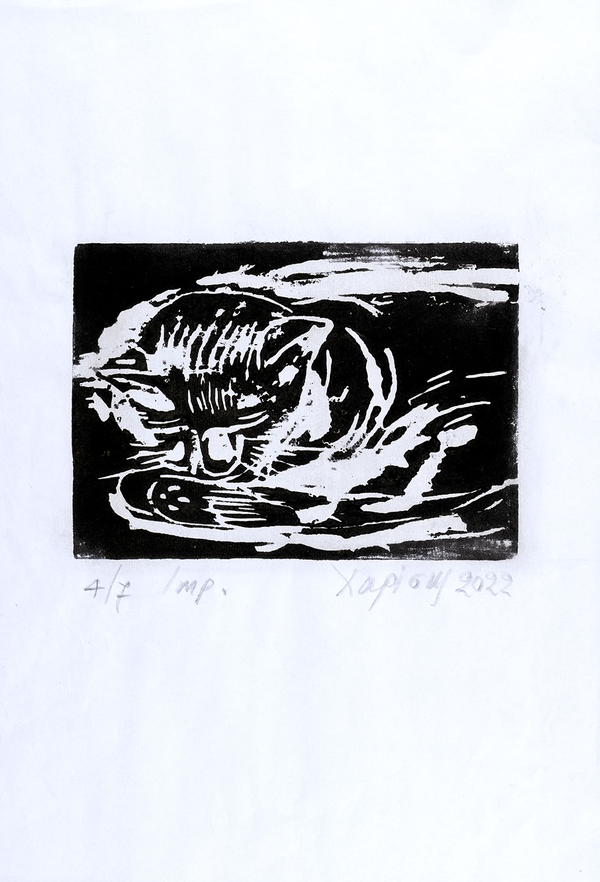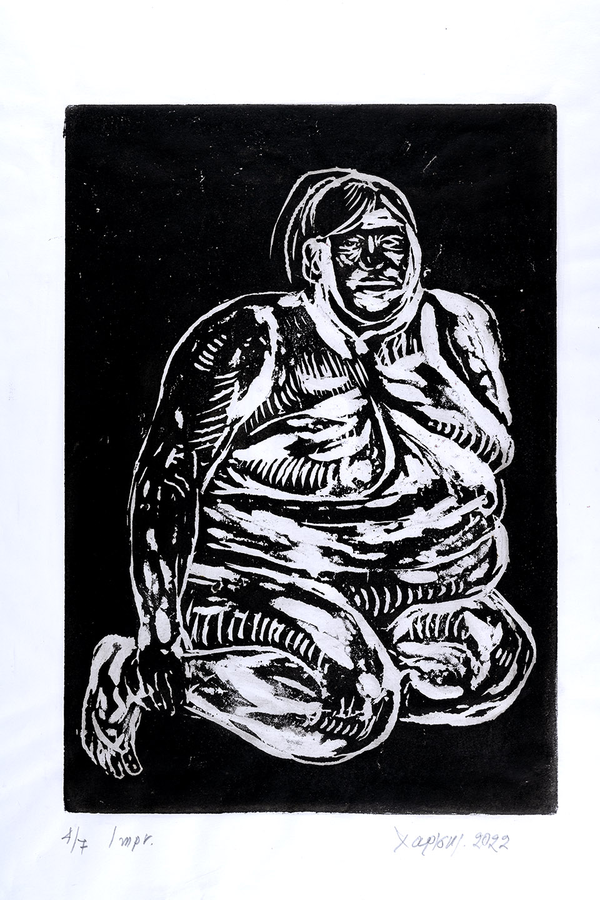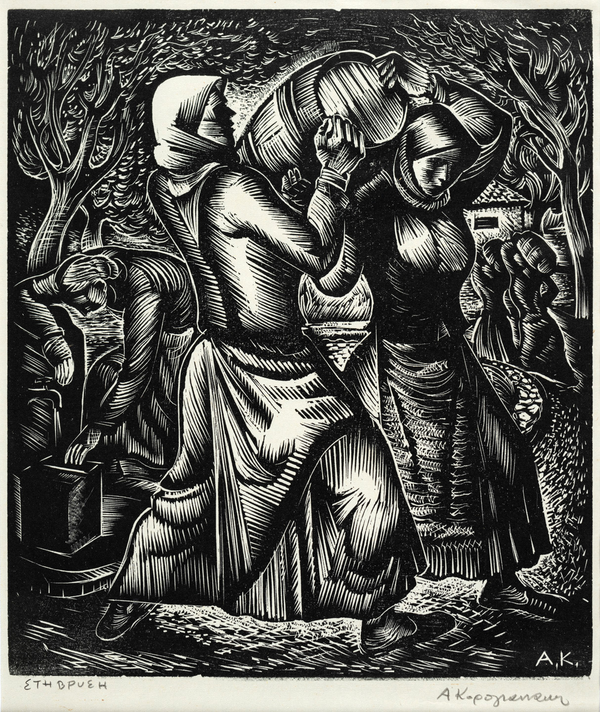Woodcut
Woodcut
Woodcut is the oldest printmaking technique chronologically, known in China since 868 AD. It belongs to the general category of relief printing, where the image is printed from the raised parts of the plate. In Europe, it appeared at the end of the 14th century, alongside the use of paper. Early typographic elements were carved into wood along with images.
There are two types of woodcut, depending on how the wooden plate is cut from the tree and the direction of the "grain" of the wood: end-grain woodcut and side-grain woodcut.
End-grain woodcut appeared very early. Cut along the tree trunk with the grain running horizontally (sideways) for the carver, it is soft and relatively easy to work with, coming from trees such as cherry, walnut, pear, apple, and lemon, which have a uniform texture and do not crack.
Side-grain woodcut (also known as "soko") was introduced later, in 1771, when English engraver Thomas Bewick (1753-1828) experimented with cutting images for a friend's book. Instead of using end-grain wood, Bewick tried using cross-sections cut from the trunk of the tree, which were squared and glued together. The wood created with the grain running vertically came from harder trees such as boxwood and maple.
In woodcut technique, the design is drawn with ink on a well-cleaned wooden plate. Using small knives or sharp tools (carving tools) for fine lines and gouges (chisels) for large areas, the artist carefully carves, removing parts they do not wish to print and preserving the areas they want to appear. The artist then applies typographic ink to the raised areas of the wooden plate using a roller, and places handmade Japanese paper on top. The back of the paper is then rubbed with a burnisher or printed directly on a press.
The design prints onto the paper in reverse from the plate: what is on the left of the plate appears on the right of the paper. The number of woodcut prints is not large, as it depends on the limited durability of the wooden plate. In color woodcut, the artist uses a different plate for each color. In some woodcuts, color is added afterward by hand (hand-colored woodcuts).










